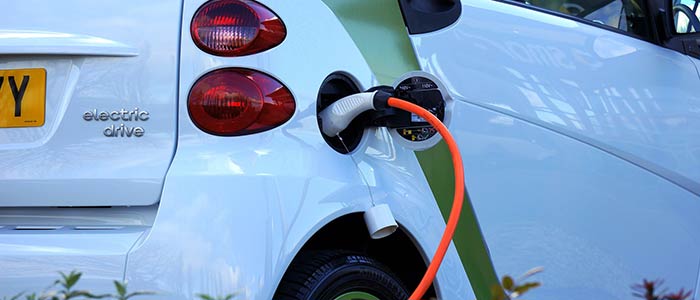What are the two main factors holding back sales of electric cars? Far above any other concerns, we reckon that it’s the range of the vehicles and the availability of charging points. Now the VW Group are participating in a major project to tackle the charging point infrastructure.

While electric vehicles (EVs) are already a viable alternative for urban travel, consumers have question marks about EVs and longer distance journeys. But with new EV models like the Jaguar I-Pace promising a range of up to 300 miles on one charge, it looks as though ‘range anxiety’ will soon be on the wane. However, that still leaves the charging point problem. No point in having a 300 mile range if the nearest fast charger is 400 miles away!
Now an association of major car manufacturers is planning to tackle the recharging network problem. Last month, VW, Audi, Ford Europe, Porsche, BMW and Daimler announced their intention to construct a network of charging points across Europe. Work will begin some time in 2017, with the initial goal of creating 400 chargers. By 2020, the manufacturers intend motorists to have access to thousands more.
The proposed time-scale for developing the network looks set to complement some major developments in EV design. For example, the Volkswagen I.D., crammed full of innovations, is scheduled to hit the road in 2020. Likewise, the first of Mercedes’ EQ range will be with us by 2019, and Porsche’s first EV is slated for 2020.
The six manufacturers’ network is designed to challenge Tesla’s early lead in recharging infrastructure. The American company already have their own network of superchargers in the US, Europe and parts of Asia. These use a Direct Current- based technology to deliver 120kW, which can add about 170 miles of range to a Model S in around 30 minutes.
Not bad, but the European manufacturers plan to do better. They claim that their Combined Charging System may allow a power delivery of up to 300kW, offering significantly reduced recharging time for motorists. The manufacturers’ joint statement comments that, “The charging experience is expected to evolve to be as convenient as refuelling at conventional gas stations.”
To see cooperation like this between industry rivals is remarkable, perhaps unprecedented. What’s more, the manufacturers have thrown open the doors to anyone else who wants to join the party: the group are inviting contributions from competitors, and say they will work with regional partners.
It all goes to show how seriously European manufacturers are treating electric vehicles. The tipping point between conventionally fuelled cars and EVs may be closing on us rapidly, and this network may be a major factor in that transition. As Dieter Zetsche, Daimler’s CEO, put it, “The availability of high-power stations allows long distance e-mobility for the first time and will convince more and more customers to opt for an electric vehicle.”
As independent specialists in VW Group cars, we’re delighted to see Volkswagen and Audi at the forefront of this new technology. The cars that we service and MOT have changed immeasurably since we began 25 years ago, and we look forward to seeing what the VW Group will develop next.

